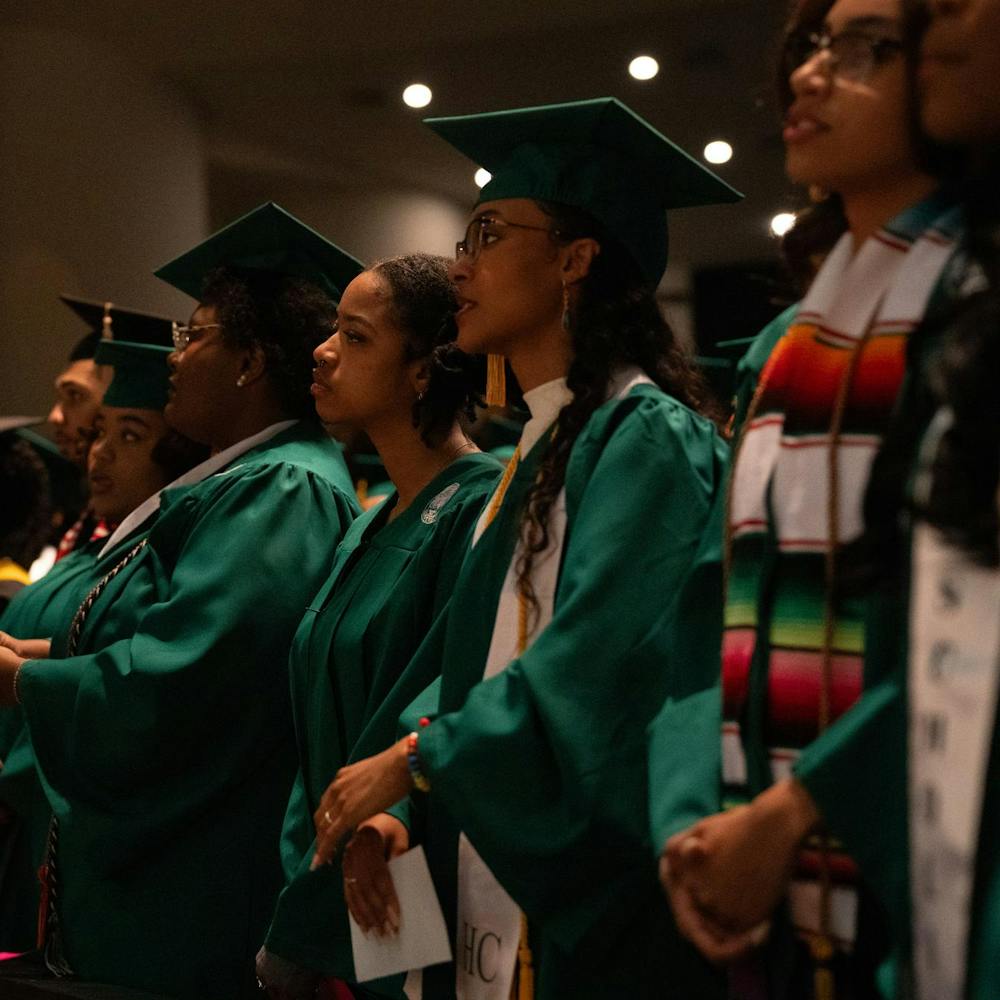MSU and other Michigan universities still face tens of million of dollars in cuts after a state House committee on Wednesday passed a higher education appropriations bill for the coming fiscal year.
Under the plan so far, MSU’s largest loss would be about $61 million from the $283 million it will receive this year.
That amount is nearly equal to that proposed in February by Gov. Rick Snyder, though the panel OK’d a proposal by the governor to reduce any funding cut if universities keep tuition increases at 7 percent or below next year.
The plan — passed along party lines by the House higher education appropriations subcommittee — now moves on to the House Appropriations Committee. The Senate’s subcommittee equivalent must pass its own recommendations, too, and any differences will have to be reconciled.
The committee’s plan added a provision, though, that staggers the net reduction each university would face. Analysts in the House Fiscal Agency devised a formula that would cause a slightly larger cut for universities who receive more money on a per pupil basis.
State Rep. Joan Bauer, D-Lansing, said appropriations in the past were set at a number, and have increased or decreased by certain percentages in across-the-board cuts.
Bauer, the House subcommittee’s minority vice chair, said this system created a discrepancy between universities because as some grew more than others, they were receiving much less money on a per pupil basis.
Grand Valley State University, for example, now receives about $2,900 per student despite legislators saying the university has grown rapidly throughout the years.
Wayne State University, by comparison, receives about $9,000 per pupil. MSU’s per student tally comes in at about $6,600, making it fourth behind Wayne State, the University of Michigan and Michigan Technological University, respectively.
The formula decreases the amount universities with the highest per pupil appropriation and increases those with the lowest, said Kyle Jen, an analyst with the House Fiscal Agency.
For MSU, that means an additional overall cut of $200,000.
But the proposed cuts do not faze MSU Trustee Melanie Foster, who said Wednesday that MSU planned for such reductions.
The MSU Board of Trustees factored a 13 percent reduction when planning its 2011-12 academic year budget, with a tuition increase not to exceed 7.1 percent.
If the main components of Snyder’s proposal remain intact — the 7 percent tuition cap, for example — administrators have said the burn is less.
“Although the cuts are deep, we’ve budgeted for them proactively,” Foster said.
The proposal also calls for the establishment of a formula to divvy up state appropriations in the future. It does not state specific examples of what criteria could be used.
But the House subcommittee’s chairman and state Rep. Bob Genetski, R-Saugatuck, said such a proposal could include retention rates, graduation rates and a demonstrated commitment to programs that will impact the economy positively.
Genetski said he does not relish the fact his name is on a bill that cuts millions from state universities, but said comfort lies in the bill’s potential positive outcomes.
“It’s more motivation to help get the economy turned around so the jobs (students are) trying to land come back to Michigan,” he said.
Although the budget takes a step toward alleviating discrepancies between per pupil funding, the overall cuts are too deep, Bauer said.
“At a time when Michigan’s future is dependent on having more college graduates, more skilled workers, I think this is counterproductive in all of our efforts to move our state forward,” said Bauer, who voted against the proposed budget.
Support student media!
Please consider donating to The State News and help fund the future of journalism.
In any case, the subcommittee should be applauded for making tough decisions, Snyder spokesman Ken Silfven said.
“The governor made clear from the start that this year’s budget was going to be tough,” Silfven said.
Anna Dvorak, a history, philosophy and social sciences junior, is not convinced.
“When it affects me personally, that’s when I start to get mad,” Dvorak said.
“I’m here getting the same education, but paying a higher price for it.”
Other parts of the House plan include keeping student financial aid stagnant from last year’s $90-million-plus.
Staff writer Beau Hayhoe contributed to this report.
Discussion
Share and discuss “House committee proposes higher education cuts” on social media.






